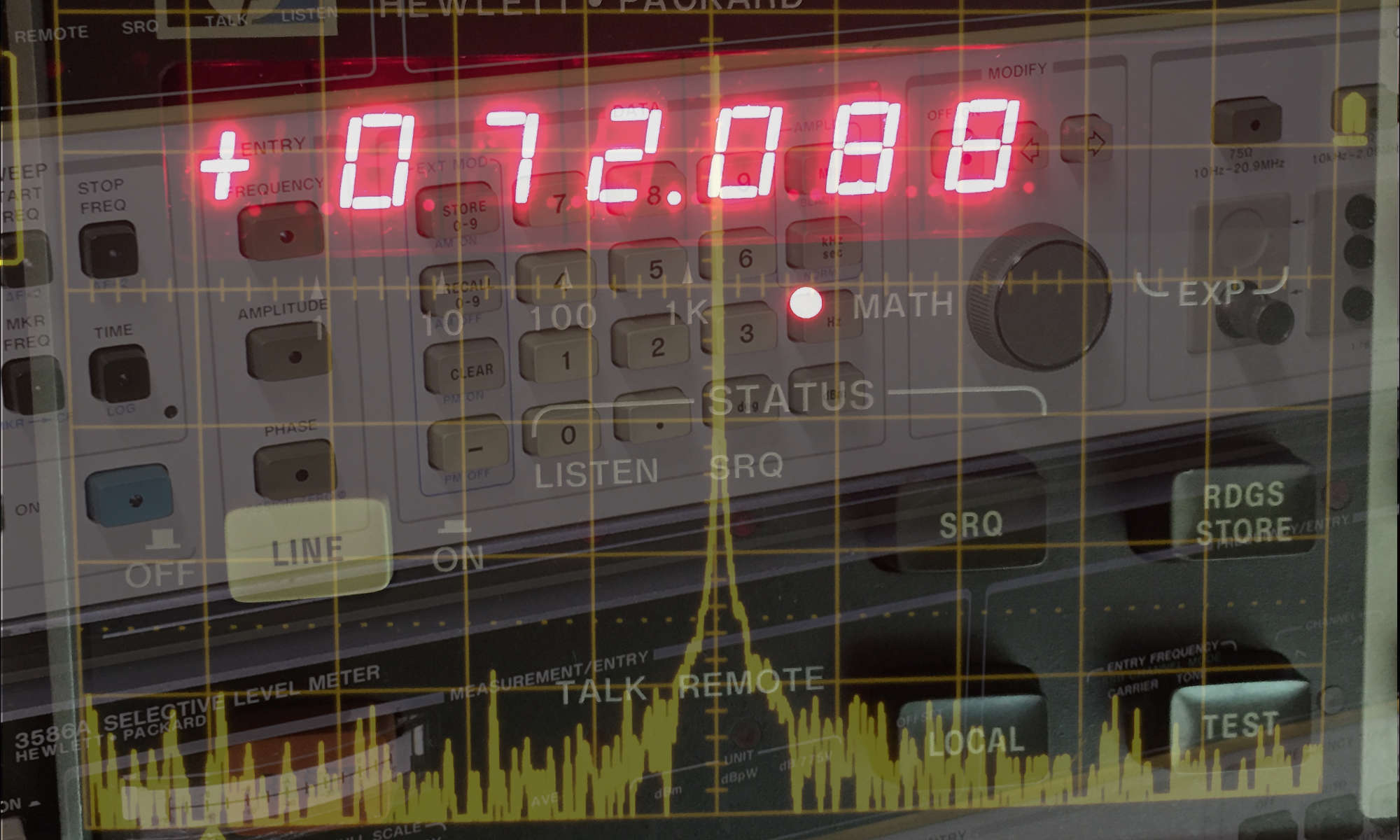Suppose that you have a Mac or a Windows computer and you have a program that only runs on the Linux Operating System. What can you do? Well, why not run Linux on your Mac or Windows computer by using software Virtualization with a Virtual Machine? I only have a Mac but I do all my software development on Linux using virtualization.
What is Virtualization and what is a Virtual Machine?
“… virtualization is the act of creating a virtual (rather than actual) version of something.”
Wikipedia
A “Virtual Machine” (VM) is software that emulates a computer within a computer. So, a virtual machine allows you to run a different computer within your computer.
Virtualization and virtual machine computer technology dates back to the 1960s1, so it has been around for quite a while. But it hasn’t been available for practical use until the hardware became fast enough and memory plentiful enough for it to run on our computers.
There are a number of commercial and open source virtual machines available, and I prefer to use VirtualBox. With VirtualBox you can download and create a full emulated version of other operating systems on your computer. For instance, you can run Linux on a Mac, or run Linux on Windows. In my case, I run Linux on a Mac.
You can download and install VirtualBox for yourself from here.
Vagrant – The Virtual Machine (VM) Manager
Although you could very well create and run Linux on the Mac by simply using VirtualBox directly, I prefer using a virtual machine manager to create and startup the VM running on my computer. Using a VM manager package called Vagrant makes my life easier. Vagrant is a sofware package that simplifies the process of creating, starting up, and maintaining virtual machines on your system.
You can download and install Vagrant for yourself from here. Be sure to install VirtualBox, or similar VM software, first on your system because Vagrant will use the VM software to create the VMs so you don’t have to do it yourself.
At the Vagrant web site, there is a clear tutorial on how to install Ubuntu Linux in a VM on your system.
So, get VirtualBox and Vagrant installed and give it a try. In a later post I will show you how I got Arch Linux installed and running on my Mac.

